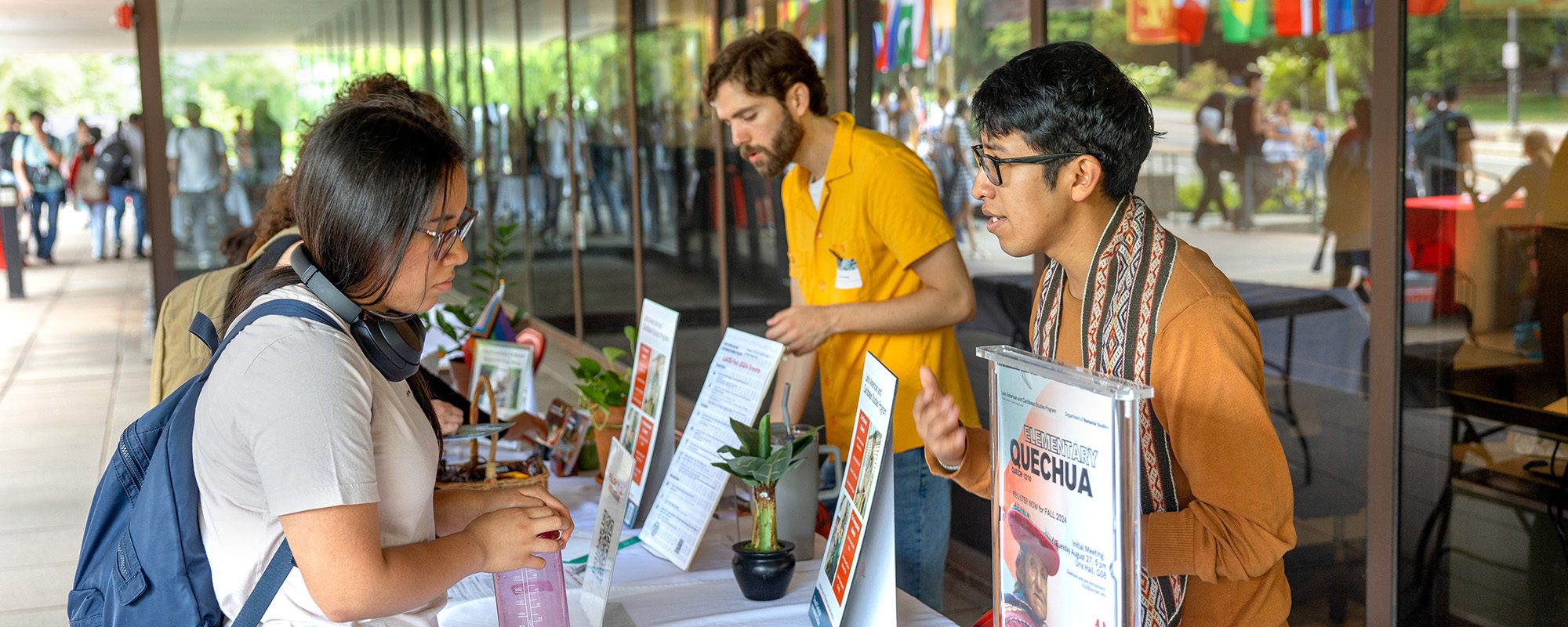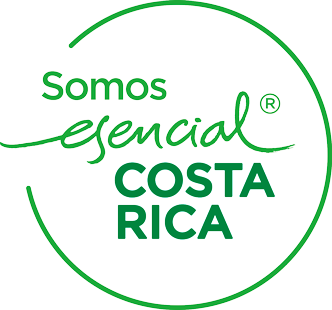Visas y alternativas para trabajar en Estados Unidos post-graduación
Graduarte en Estados Unidos es un logro enorme. Sin embargo, para muchos estudiantes internacionales, el gran desafío comienza justo después del diploma: ¿cómo quedarse a trabajar legalmente en el país?
A continuación, te explicamos las principales alternativas y estrategias para mantener tu estatus legal, ganar experiencia profesional y avanzar en tu carrera después de graduarte.
1. OPT (Entrenamiento Práctico Opcional)
El OPT (Optional Practical Training) permite a los estudiantes internacionales con visa F-1 trabajar en Estados Unidos por 12 meses después de graduarse.
Si tu carrera pertenece al área STEM (Ciencia, Tecnología, Ingeniería o Matemáticas), podés extenderlo 24 meses adicionales, llegando a un total de 36 meses de experiencia profesional.
Requisitos principales:
- El trabajo debe estar directamente relacionado con tu campo de estudios.
- Podés aplicar desde 90 días antes hasta 60 días después de graduarte.
- Durante el OPT solo se permiten 90 días sin empleo.
Propella Tip:
Antes de graduarte, hablá con tu universidad y consultá qué empresas suelen contratar estudiantes internacionales en tu área. Postulá con tiempo a compañías que podrían ofrecerte patrocinio laboral más adelante.
2. H-1B: Visa de trabajo profesional
Tras finalizar el OPT, muchos estudiantes aplican a la visa H-1B, que permite trabajar en ocupaciones especializadas dentro de Estados Unidos.
Es una de las vías más comunes para permanecer legalmente en el país.
Características clave:
- Existe una lotería anual con cupos limitados.
- Es una visa patrocinada por el empleador, quien realiza la solicitud por vos.
- Tiene una duración de 3 años, renovable hasta 6 años.
Propella Tip:
Llevá un control de la fecha exacta en que vence tu OPT. Iniciá los trámites de la H-1B con anticipación y prepará un plan alternativo en caso de no ser seleccionado en la lotería.
3. Si no obtenés la H-1B: Opciones académicas para ganar tiempo
Cuando no se logra la H-1B, existen rutas académicas que permiten mantener tu estatus legal y seguir trabajando mientras te formás.
Opción 1: Posgrado tradicional (GA / RA / TA)
Estudiar una maestría o doctorado mantiene tu estatus F-1.
Algunos programas ofrecen becas parciales o totales, además de un stipend (salario).
Una vez que completás el nuevo grado, recuperás la elegibilidad para un nuevo período de OPT.
Opción 2: Maestría con CPT Día 1
El CPT (Curricular Practical Training) permite trabajar durante tus estudios, siempre que la experiencia laboral forme parte del plan académico.
Algunas universidades ofrecen el “Day 1 CPT”, lo que te permite comenzar a trabajar desde el primer día de clases.
Propella Tip:
Antes de inscribirte en una maestría con CPT, consultá con un abogado migratorio o asesor certificado. Cada caso es diferente y no todas las instituciones aplican correctamente este programa.
4. Otras visas posibles
Visa L-1 (Transferencia intra-compañía)
Ideal para quienes trabajan en multinacionales con presencia dentro y fuera de Estados Unidos.
Requiere haber trabajado al menos un año en la empresa fuera del país antes de ser transferido.
Visa O-1 (Habilidad extraordinaria)
Diseñada para personas con logros sobresalientes en ciencia, arte, negocios, educación o deportes.
Se debe demostrar una trayectoria comprobable con premios, publicaciones o reconocimientos.
Propella Tip:
Desde tus primeros años universitarios, empezá a construir un perfil sólido con proyectos, voluntariados, publicaciones o logros deportivos. Este trabajo constante puede abrirte puertas en el futuro.
5. Green Card: El objetivo final
La Green Card (residencia permanente) es el sueño de muchos profesionales internacionales.
Existen varias vías para obtenerla:
- Patrocinio laboral (EB-2 o EB-3): mantener un estatus legal y un rendimiento laboral destacado puede llevar a que tu empresa te patrocine.
- Exención por Interés Nacional (NIW): para profesionales cuyo trabajo tiene un impacto positivo en Estados Unidos. Requiere demostrar mérito, contribución y estabilidad profesional.
Propella Tips: Planeación y preparación
- Empezá temprano: informate sobre visas y requisitos desde tus primeros años universitarios.
- Construí un perfil competitivo: prácticas, investigación o deportes fortalecen tu liderazgo.
- Aprovechá los recursos de tu universidad: los career centers suelen tener conexiones con empresas que contratan internacionales.
- Tené un plan B: evaluá posgrados, CPT o nuevas vías para extender tu estatus legal.
- Evitá decisiones impulsivas: las “soluciones rápidas” pueden complicar futuras aplicaciones.
En resumen
El camino profesional en Estados Unidos para estudiantes internacionales requiere planificación, asesoría y flexibilidad.
Tener claridad sobre las opciones desde el inicio te permitirá tomar decisiones estratégicas, evitar contratiempos y aprovechar al máximo tu experiencia académica y laboral.
¿Querés estudiar o trabajar en Estados Unidos después de graduarte?
Contactanos para recibir una asesoría personalizada y descubrir cómo Propella puede ayudarte a construir tu plan internacional.
Visas and Work Options in the United States After Graduation
Graduating from a U.S. university is a major achievement. However, for many international students, the real challenge begins right after receiving their diploma: how to stay and work legally in the country.
Below, we break down the main alternatives and strategies that can help you maintain your legal status, gain professional experience, and continue building your career after graduation.
1. OPT (Optional Practical Training)
OPT allows international students with an F-1 visa to work in the United States for up to 12 months after graduation.
If your degree is in a STEM field (Science, Technology, Engineering, or Mathematics), you can apply for a 24-month extension, giving you up to 36 months of authorized work experience in total.
Key requirements:
- The job must be directly related to your field of study.
- You can apply from 90 days before to 60 days after graduation.
- During OPT, you’re allowed a maximum of 90 days of unemployment.
Propella Tip:
Before graduating, speak with your university’s career services office and identify companies that regularly hire international graduates in your field. Apply early to employers who could potentially sponsor you for a work visa later on.
2. H-1B: Professional Work Visa
After completing OPT, many students apply for the H-1B visa, which allows them to work in specialized occupations in the United States.
It’s one of the most common legal pathways to remain in the country after studying.
Key features:
- There’s an annual lottery system with limited spots.
- It’s a sponsored visa, meaning your employer must apply on your behalf.
- It’s valid for 3 years, renewable up to 6 years.
Propella Tip:
Keep track of your OPT expiration date. Start your H-1B application process early, and always have a backup plan in case you’re not selected in the lottery.
3. If You Don’t Get the H-1B: Academic Options to Maintain Status
When the H-1B isn’t approved, there are academic routes that allow you to maintain your legal status and continue working while pursuing further education.
Option 1: Traditional Graduate Studies (GA / RA / TA)
Pursuing a master’s or PhD program allows you to keep your F-1 status.
Some programs offer assistantships with partial or full tuition waivers and a stipend (salary).
After completing your new degree, you regain eligibility for a new period of OPT.
Option 2: Master’s with Day 1 CPT
CPT (Curricular Practical Training) allows students to work while studying if the job is part of their academic program.
Some universities offer Day 1 CPT, which lets students start working from their first day of classes.
Propella Tip:
Before enrolling in a program with Day 1 CPT, consult a qualified immigration attorney or advisor. Not every institution offers CPT correctly, and each case is different.
4. Other Possible Visas
L-1 Visa (Intra-company Transfer)
Ideal for professionals employed by multinational companies with offices inside and outside the U.S.
You must have worked for the company abroad for at least one year before being transferred.
O-1 Visa (Extraordinary Ability)
Designed for individuals with outstanding achievements in science, business, education, arts, or sports.
You must demonstrate a proven record of excellence through awards, publications, or professional recognition.
Propella Tip:
Start building a strong personal and professional profile early — through internships, research, volunteering, or athletic achievements. These experiences can open doors for future visa opportunities.
5. The Green Card: The Ultimate Goal
The Green Card (Permanent Residency) is the ultimate goal for many international professionals.
There are several ways to obtain it:
- Employment-based sponsorship (EB-2 or EB-3): maintaining legal status and performing well at your job can lead to employer sponsorship.
- National Interest Waiver (NIW): available for professionals whose work has significant impact in the U.S. This route requires strong merit, contributions, and professional stability.
Propella Tips: Planning and Preparation
- Start early: learn about visa types and requirements from your first year of university.
- Build a competitive profile: internships, research, and sports experience can make a difference.
- Use your university’s resources: career centers often have connections with companies that hire international graduates.
- Have a plan B: consider graduate studies, CPT, or alternative legal pathways.
- Avoid quick fixes: “shortcut” solutions can complicate future visa applications.
In Summary
Building a professional career in the United States as an international graduate requires planning, guidance, and flexibility.
Understanding your options from the start allows you to make strategic decisions, avoid setbacks, and make the most of your academic and professional experience abroad.
Want to study or work in the United States after graduation?
Contact Propella to receive personalized guidance and discover how we can help you design a clear, sustainable international career plan.

November 7, 2025









